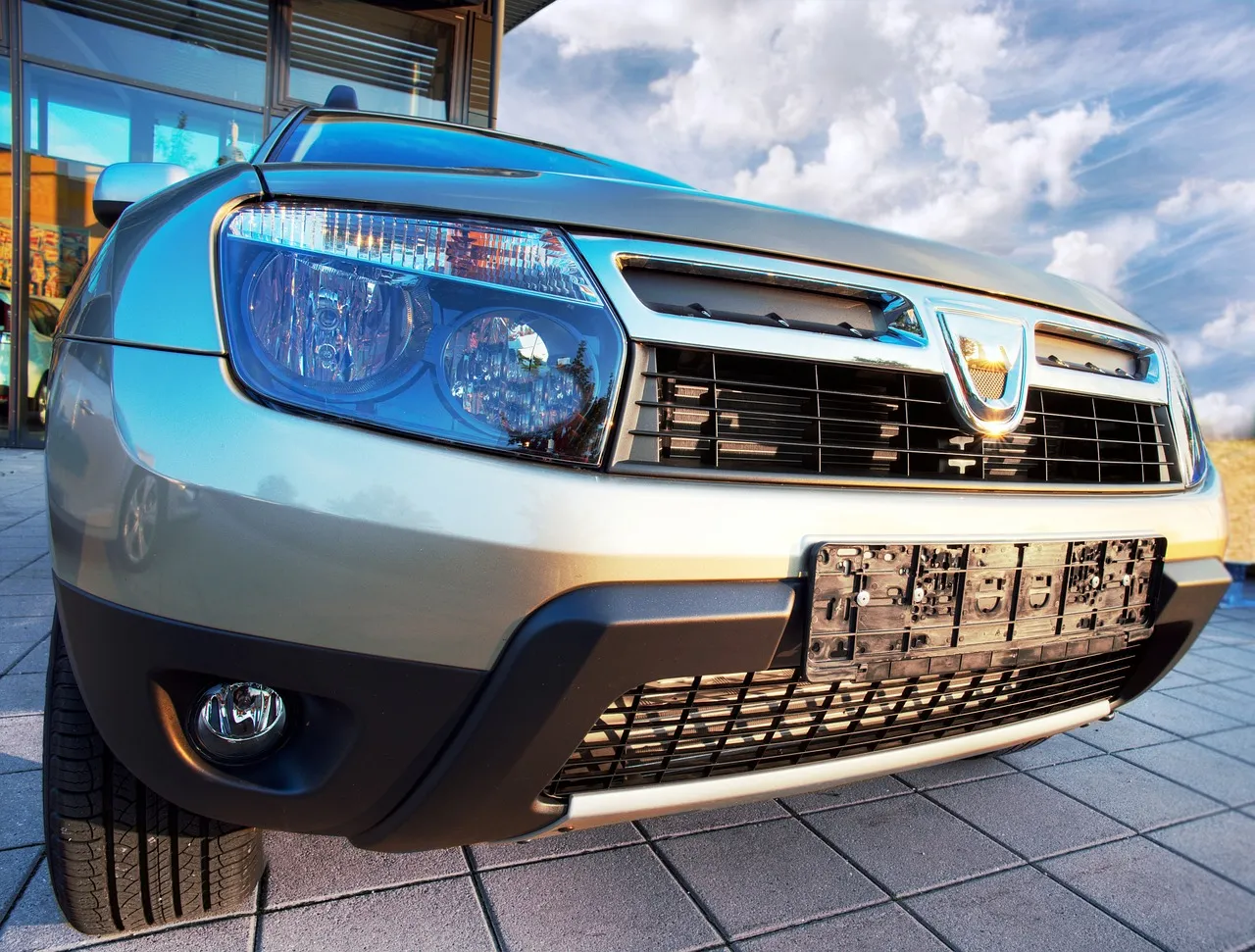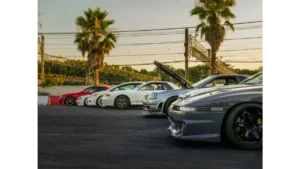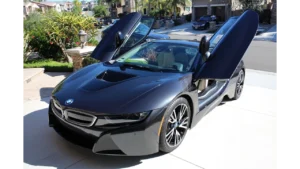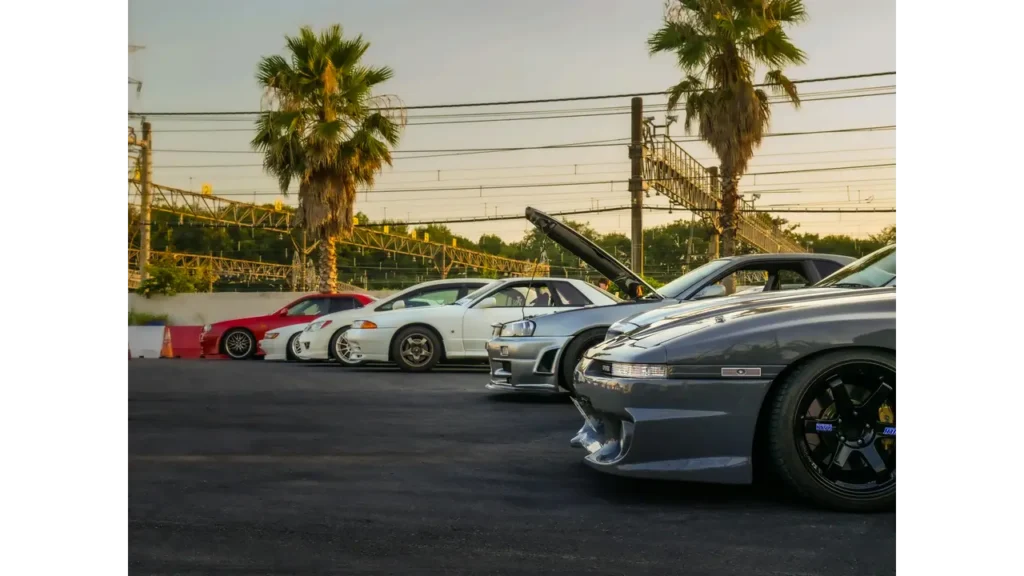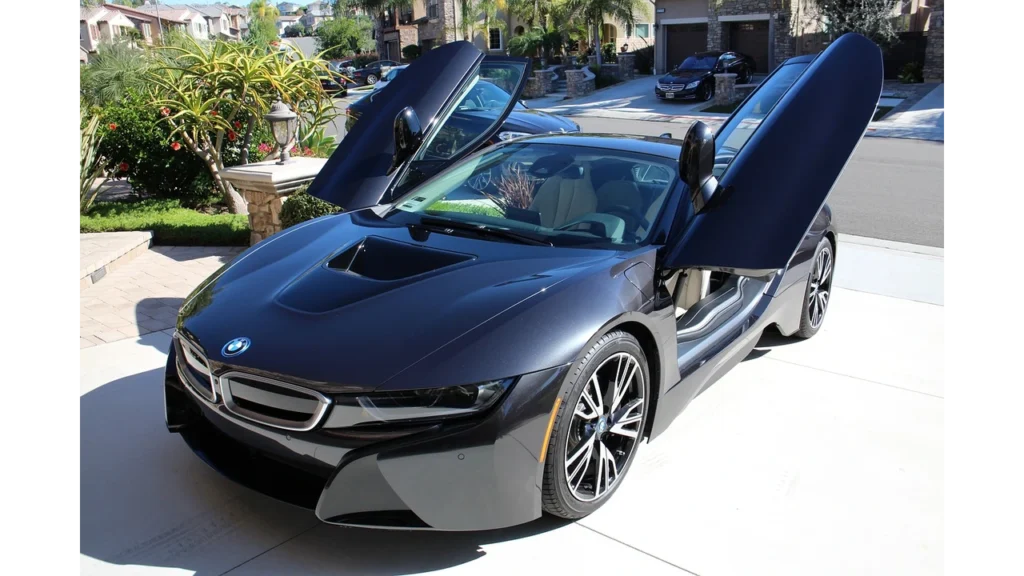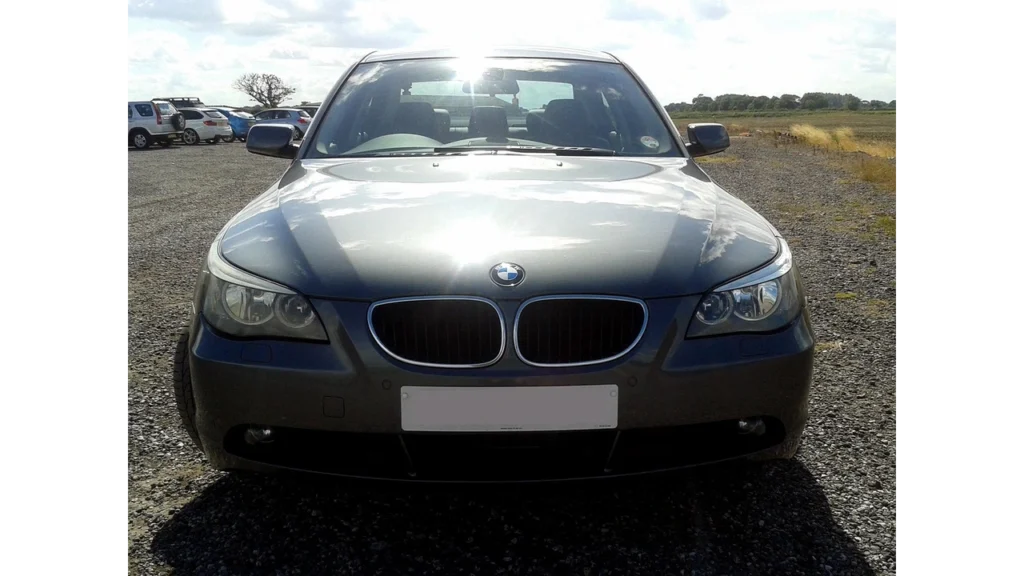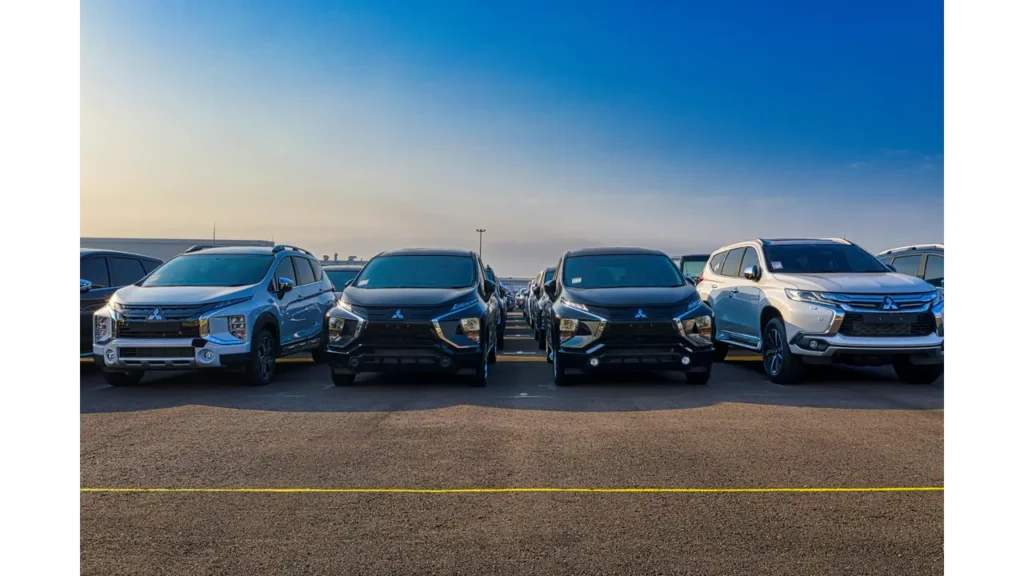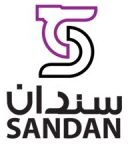Definition & Scope: “Oman Used Car Market 2025”
The “Oman used car market 2025” refers to the exchange of pre-owned passenger vehicles within Oman across organized and unorganized channels during the 2025 calendar year. Channels typically include certified pre-owned programs, franchised and independent dealers, private sellers on classifieds portals, and occasional auction formats. The Car market spans body types such as sedans, SUVs, pickups, hatchbacks, and MPVs, with internal combustion, hybrid, and battery-electric powertrains represented in varying proportions. Market observation commonly distinguishes vehicles by age bands and mileage thresholds to describe supply and pricing structure. Activity concentrates in key urban centers, with Muscat acting as a principal hub while regional cities contribute additional flow based on local demand and fleet turnover.
Scope boundaries are essential for comparability. The Car Market excludes new-vehicle sales, commercial heavy vehicles, and motorcycles. Values are typically interpreted in Omani Rial (OMR) with attention to vehicle condition, GCC specification status, documented service history, and accident disclosure. Price references in this guide are structured as non-binding frameworks rather than point estimates. Regulatory, financing, and insurance considerations are treated as market parameters that shape transaction feasibility, whereas logistics and re-export dynamics are considered only where they influence available stock. This delineation enables consistent discussion of demand, supply, and channels without conflating unrelated asset classes or neighboring markets.
Key Takeaways
- Defined by channels, body types, and age bands
- Excludes new vehicles and heavy commercial assets
- OMR used for all price interpretation
- Condition, GCC spec, and history shape valuation
- Muscat concentrates listings and transactions
Table of Contents
Market Mechanics & Parameters (Supply, Demand, Channels)
Supply originates from dealer trade-ins, corporate and rental fleet de-fleeting, private disposals, and cross-border inflows of GCC-spec vehicles. Fleet replacement cycles and macro affordability influence the age mix, while expat turnover and relocation can add episodic stock. Listings typically reflect mileage brackets that matter to valuation, with documentation and service history affecting buyer confidence. Powertrain mix is still dominated by internal combustion, though hybrid and battery-electric vehicles appear in specific price bands where battery state-of-health and warranty status become screening factors. Seasonal registration timelines, model-year changeovers, and shipment timing can generate short-term supply imbalances, visible as inventory spikes or rapid absorption in popular segments such as compact sedans and SUVs.
Demand is shaped by the price gap to new models, access to consumer financing, perceived durability in local climate conditions, and body-type suitability for mixed urban–desert driving. Color and trim preferences may influence resale prospects, while transmission type, safety features, and infotainment compatibility affect shortlisting. Channel selection remains a primary decision: certified programs and franchised dealers prioritize inspection depth and paperwork support; independent dealers compete on availability and price; classifieds concentrate private listings with broader diversity; auction environments emphasize speed and wholesale pricing dynamics. The transaction path commonly moves from online discovery to on-site inspection at workshops, spare-parts checks, and documentation readiness, reflecting the role of integrated automotive hubs with showrooms, service facilities, and parts outlets in streamlining pre-purchase due diligence.
2025 Price Bands & Cost Drivers (Framework)
Pricing in 2025 is best approached as a structured framework rather than a single figure per model. Market participants often bucket listings into approximate OMR bands to standardize comparison (for example, sub-5k, 5–8k, 8–12k, 12–20k, and 20k+). Movement between bands is primarily driven by age and mileage thresholds, followed by body type, brand reputation, trim level, and feature content. Documented service history and verifiable accident status can materially shift perceived value. GCC-spec confirmation and readiness for local climate conditions are significant in buyer screening. For electrified vehicles, battery state-of-health, charging compatibility, and any remaining component warranty typically determine whether units trade within, above, or below adjacent internal-combustion bands.
Beyond the headline price, the cost stack determines actual affordability. Transfer and registration fees, insurance selection (third-party versus comprehensive), and financing variables such as down payment, tenure, and annual percentage rate can reshape monthly outlay. Maintenance baselines—tyres, brakes, fluids, and scheduled service—contribute to first-year total cost and may offset apparent bargains in higher-mileage inventory. Fuel or charging costs, expected depreciation over the holding period, and location effects between Muscat and regional cities further calibrate comparisons. Price dispersion within the same make-model-year can persist due to option packages, aftermarket modifications, and reconditioning quality, underscoring the need to evaluate vehicles on parameters, documents, and condition rather than nominal asking price alone.

Evaluation Criteria & Comparison Matrix Hooks
Channel selection sets the tone for risk exposure and paperwork support. Certified pre-owned programs typically offer the deepest inspection coverage, documented reconditioning, and limited warranties, traded off against higher asking prices and stricter eligibility. Franchised dealers often provide service-history access and standardized transfer assistance, with inspection depth varying by brand policies. Independent dealers compete on availability and speed, where reconditioning can range from cosmetic to comprehensive; transparency on accident repair and parts provenance becomes a key discriminator. Private listings may yield lower headline prices but depend heavily on documentation quality, verifiable maintenance, and seller responsiveness. Across channels, comparative evaluation weighs warranty provisions, inspection depth, return or exchange rights, price transparency, and the level of support for registration, insurance placement, and financing coordination.
Vehicle suitability is the parallel track in the matrix. For mixed urban–desert use, SUVs and pickups offer ground clearance and cargo flexibility but may carry higher fuel and tyre costs; sedans often lead on purchase price, refinement, and running costs but are more sensitive to road clearance on rough approaches; hatchbacks trade cargo volume for maneuverability and budget. Safety and durability features—airbags, stability control, cooling capacity, and underbody protection—matter under high ambient temperatures. Powertrain choice weighs fuel economy, maintenance complexity, and, for electrified options, battery state-of-health and charging compatibility. Resale considerations commonly include transmission type, popular exterior colors, and widely available service parts.
A practical comparison matrix organizes these criteria into scorable columns: channel, inspection depth, warranty coverage, paperwork support, price transparency, expected reconditioning cost, and TCO risk level. A companion body-type matrix can rate use-cases such as daily commuting, family hauling, weekend trails, and long-distance intercity trips against comfort, efficiency, cargo, and clearance. For electrified vehicles, additional columns track battery diagnostics, remaining component warranty, and charging access. Weightings may be adjusted to reflect the buyer’s priority (for example, warranty versus upfront price), enabling a composite score that standardizes shortlists across heterogeneous listings. The matrices function as decision scaffolds, not verdicts, and work best when populated with verified documents and third-party inspection outcomes.
Buying Path in Oman — Steps & Checks (Mechanism)
A typical transaction begins with budget setting and channel selection, followed by model shortlisting based on intended use and running-cost expectations. Shortlisted units are screened against age and mileage brackets, documented service history, and any available accident disclosure. An initial viewing verifies VIN tags, option codes, tyre condition, fluid levels, electrical features, infotainment connectivity, and climate-control performance. The test drive focuses on cold starts, transmission behavior, steering alignment, braking feel, suspension noise, and temperature stability under load. For electrified candidates, state-of-health reports, charging port compatibility, and charge-rate behavior under normal conditions are added to the checklist.
Independent verification is commonly sought before committing to price. A workshop inspection assesses underbody integrity, cooling system performance, fluid leaks, brake and suspension wear, battery capacity, and evidence of structural repair. Valuation incorporates any immediate maintenance, tyres, and registration timing into the negotiation range. Document preparation typically includes the vehicle card details, seller identification, and proof of settlement for any outstanding finance. Insurance quotations and preliminary financing approvals are sequenced to confirm monthly obligations align with the target budget, minimizing surprises at transfer.
The transfer phase formalizes the change of ownership through the prescribed channels, after which insurance is activated, financing (if any) is disbursed, and delivery is scheduled. Final checks confirm key sets, spare tyre and tools, service booklets, and any warranty or inspection paperwork that accompanies the vehicle. Post-purchase tasks generally include scheduled maintenance alignment, tyre rotation or replacement where needed, and the installation of practical accessories such as floor mats or sun protection films, contingent on local regulations. Record-keeping of invoices and service entries supports future resale and simplifies warranty interactions. A structured approach across discovery, verification, paperwork, and handover reduces friction and helps standardize outcomes across different seller types.
Risks, Limitations & Red Flags
Risk concentrates where documentation is weak or condition is misrepresented. Non-GCC-spec imports may lack region-suitable cooling or parts support, increasing ownership uncertainty. Structural accident repairs, flood exposure, and odometer tampering materially affect safety and value; panel gap inconsistency, overspray, and corrosion around welds are common telltales. Aftermarket modifications to suspension, intake, or electronics can void warranties and complicate inspections. For electrified vehicles, diminished battery state-of-health, unverified charging histories, and incompatible connectors elevate replacement risk. Auction purchases typically trade speed for limited recourse, while private listings may provide uneven disclosure and slower paperwork coordination. Missing keys, incomplete toolkits, and absent service booklets add cost and delay.
Market limitations also shape expectations. Price dispersion within the same model year persists due to option packages, reconditioning quality, and undocumented repairs, reducing comparability across listings. Older vehicles may face financing constraints or higher insurance loadings, redirecting budgets toward newer, lower-mileage units. Parts availability can vary for niche trims or non-local specifications, lengthening repair cycles. Seasonal supply pulses, driven by fleet de-fleeting or shipment timing, can compress decision windows and increase competition for popular configurations. These constraints underscore the need for third-party inspections, verifiable histories, and conservative budgeting for first-year maintenance to neutralize condition uncertainty.
Screening routines help surface red flags before transfer. Independent diagnostics can validate fault codes, cooling performance, and brake balance; paint-depth measurements and underbody inspection reveal concealed repairs; battery health reports provide quantification for hybrids and EVs. Document reconciliation verifies VIN consistency across chassis, registration, and service records while checking for outstanding finance or unresolved traffic penalties. Test-drive routes that include gradients, highway speeds, and stop-go traffic create conditions where transmission slip, overheating, or brake fade are more visible. When risks are concentrated—such as heavy modifications, salvage indicators, or unverifiable history—the prudent response is to reprice for remediation or redirect the search to comparable units with stronger documentation.
Regulations & 2025 Updates (Oman)
Regulatory touchpoints for used-vehicle transactions in Oman concentrate on registration, transfer of ownership, compulsory insurance, and compliance with specification norms. The Royal Oman Police (ROP) administers core registration and transfer processes, increasingly supported by e-services that validate identities, reconcile fines, and record title changes. Documentation typically includes a valid identification credential, vehicle card details, and evidence that outstanding finance or penalties have been cleared. Insurance remains mandatory, with third-party liability as the baseline and comprehensive cover used when risk or lender requirements justify broader protection. Importation of used vehicles commonly hinges on age limits, proof of GCC-compliant specifications, and completion of customs formalities; non-conforming modifications may require inspection or rectification before registration. Electrified vehicles introduce checks around charging compatibility and battery certification, especially where warranty transfer conditions apply.
A practical compliance posture sequences verification before price commitment. Title status, VIN concordance across all documents, and settlement of any bank lien reduce transfer friction. Where inspection certificates or roadworthiness checks are required, scheduling ahead of transfer avoids lapses in registration validity. Finance applications generally rely on income evidence, debt obligations, and down-payment thresholds, while insurers may price policies according to driver profile, vehicle class, and claims history. Accessory choices—tint, suspension, electronics—should align with approval norms to prevent registration or insurance conflicts. Recordkeeping of invoices, inspection reports, and insurance certificates supports future resale and streamlines claim handling. Because administrative rules and digital processes may evolve, market participants often monitor official channels and service providers for updates that affect transfer timing, documentation, or coverage options.
Alternatives & Where to Shop (Neutral)
Used-car sourcing in Oman spans certified pre-owned programs, franchised dealerships, multi-brand independent showrooms, classifieds marketplaces, and auction environments. Certified programs emphasize inspection depth, reconditioning standards, and limited warranties, often priced above comparable private listings. Franchised dealers may provide access to service history and recall remediation, balancing stock variety with standardized paperwork support. Independent dealers offer breadth of makes and price points, though reconditioning practices vary. Classifieds aggregate private and dealer listings across budgets and locations, expanding choice while shifting diligence to the buyer side. Auctions prioritize speed and wholesale dynamics; visibility into preview windows, fees, and sale conditions is crucial because units are commonly transacted “as-is.”
Verification requirements differ by channel but share common foundations. For certified and franchised sources, inspection checklists, warranty booklets, and transfer assistance are key documents to review. Independent dealers benefit from third-party workshop inspections, parts provenance invoices, and paint-depth or diagnostic scans. Private listings typically call for identity confirmation, service records, and clear title; escrow or secure payment rails may be preferred where available. Auction participants often rely on pre-sale inspections, fee schedules, and condition reports to set bid caps. Across all channels, due diligence is strengthened by access to nearby workshops for mechanical checks, tyre and brake assessments, paint and bodywork evaluation, and ready availability of spare-parts retailers to estimate reconditioning costs before committing to transfer.
Sandan Industrial : Capabilities & Fit
Sandan Industrial operates as an integrated auto-centric environment with car showrooms, automotive workshops and repair bays, tyre and paint services, spare-parts outlets, and an auto auction hall, alongside warehouses, retail units, and residential facilities. The ecosystem structure enables listing, inspection, reconditioning, and supporting services to occur within a concentrated footprint, reducing travel between disparate providers. Typical users include automotive businesses, logistics operators, construction-related suppliers, and retail SMEs that require space for sales, service, storage, or distribution. Location context is oriented to serve Muscat and surrounding governorates, aligning with the concentration of listings and transaction activity observed in urban centers.
Fit with the Oman used car market 2025 is primarily operational. Showrooms provide floorspace for franchised and independent dealers to present inventory, while workshops facilitate pre-purchase inspections, routine maintenance, and corrective repairs identified during due diligence. Tyre and paint providers address safety and cosmetic remediation before transfer, and spare-parts shops enable rapid sourcing for minor reconditioning. The auction hall format supports time-bounded disposal or acquisition cycles for traders and fleets. Warehouses and retail units accommodate parts distribution, accessories, and ancillary services that complement transactions. This configuration supports standardized inspection pathways, documentation readiness, and post-purchase service continuity without asserting performance claims or preferences among channels.
FAQ’S
Q1. What defines the Oman used car market in 2025?
The market covers pre-owned passenger vehicles traded via certified programs, franchised and independent dealers, private classifieds, and auctions within Oman during the 2025 calendar year.
Q2. How are used-car prices typically segmented in Oman?
Listings are commonly grouped by OMR bands aligned to age and mileage thresholds, then adjusted for body type, documented service history, accident disclosure, and GCC-spec confirmation.
Q3. Which channels are most common for sourcing vehicles?
Certified pre-owned and franchised dealers emphasize inspection depth and paperwork support; independent dealers compete on availability and speed; classifieds offer breadth; auctions prioritize fast, as-is transactions.
Q4. What financing and insurance elements usually affect affordability?
Affordability depends on down payment percentage, APR, tenure, and insurance selection (third-party or comprehensive), alongside transfer and registration fees and first-year maintenance needs.
Q5. What documentation should be verified before transfer of ownership?
Required items typically include matching VINs across documents, the vehicle card, valid identification, cleared finance or penalties, service history, and any inspection or warranty papers.
Q6. What additional checks apply to hybrids and EVs?
Battery state-of-health, warranty transfer terms, and charging compatibility are primary factors, supplemented by standard mechanical and documentation verifications.
Conclusion
The 2025 Oman used car market can be understood through a small set of stable parameters: channel type, vehicle age and mileage brackets, documentation quality, and regulatory touchpoints. Price interpretation benefits from standardized OMR bands that accommodate dispersion created by trim, condition, and reconditioning quality. Transaction feasibility rests on verifiable histories, inspection outcomes, and alignment of financing and insurance with budget constraints. GCC-spec confirmation, cooling capacity, and parts availability remain practical filters for sustained use in local conditions. Electrified models add battery state-of-health and charging compatibility to the evaluation stack, while auctions and private listings exchange lower headline prices for higher diligence requirements. A structured approach—shortlist, independent inspection, document reconciliation, cost stack estimation, and sequenced transfer—reduces variance across heterogeneous listings and seller types.
Market participants can improve decision quality by converting qualitative impressions into comparable matrices and checklists. Channel comparisons clarify trade-offs among warranty coverage, inspection depth, paperwork support, and price transparency; body-type matrices map use cases to clearance, efficiency, and cargo capacity for mixed urban–desert driving. Regulatory awareness around transfer procedures, mandatory insurance, and import eligibility prevents delays at handover. Maintenance baselines and first-year contingencies should be embedded in affordability calculations to avoid mispricing total cost of ownership. When documentation is incomplete or condition uncertainty persists, risk-adjusted repricing or redirection to better-documented alternatives is the disciplined response. With these mechanisms in place, the market’s variety becomes tractable, and transactions can be executed with clearer expectations on cost, risk, and fit for purpose.

